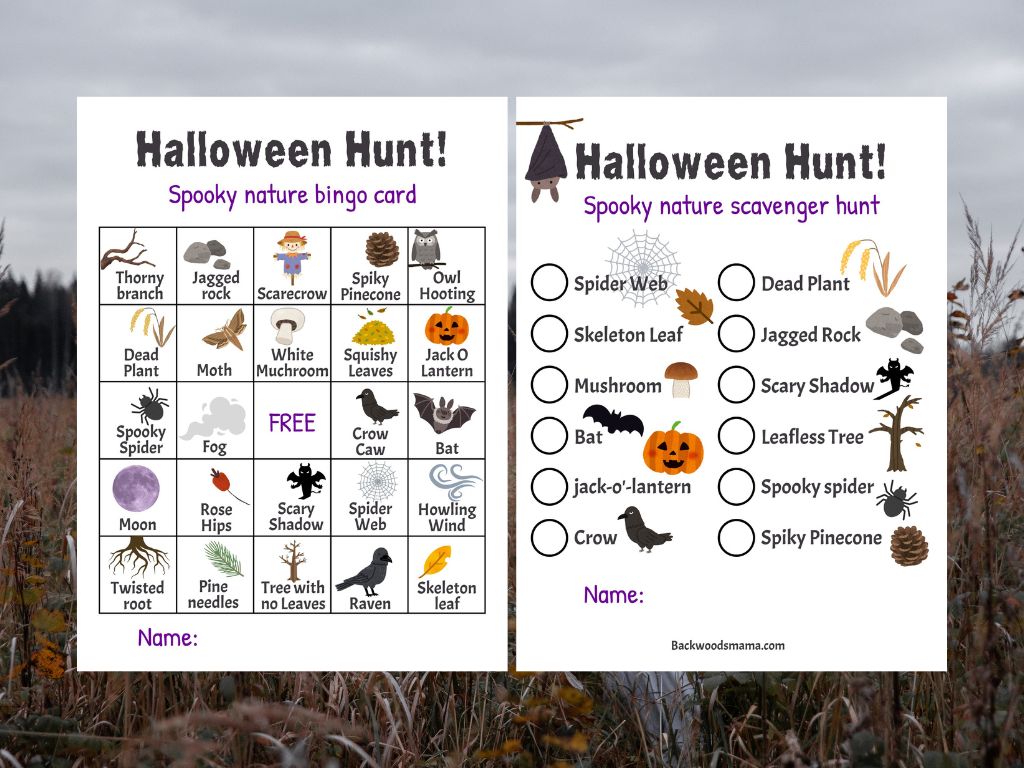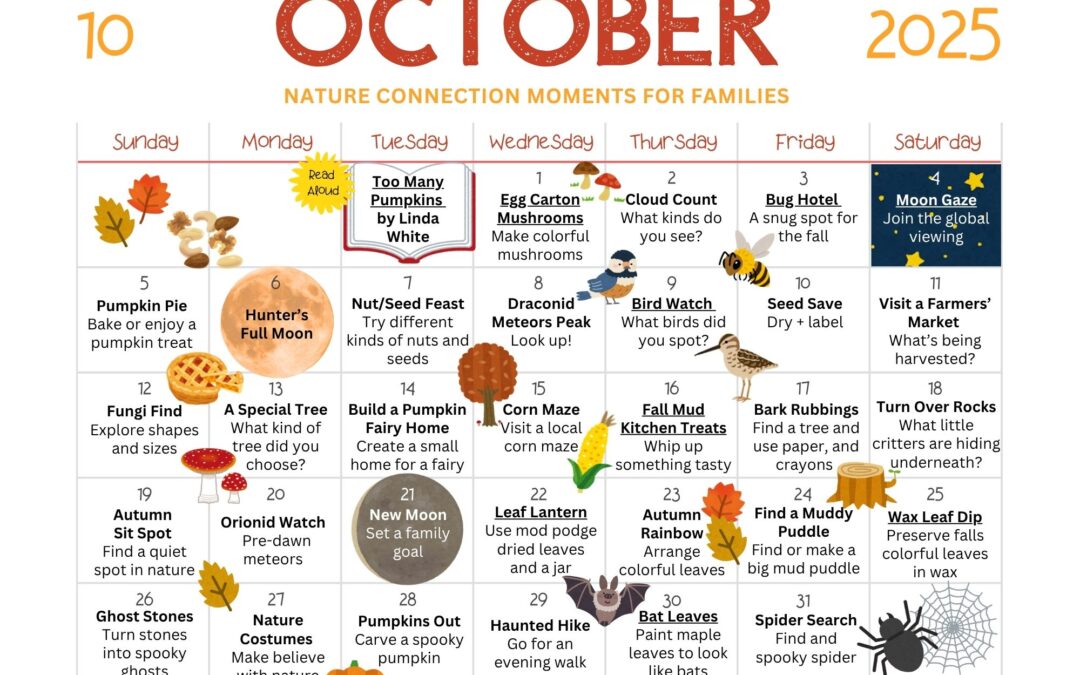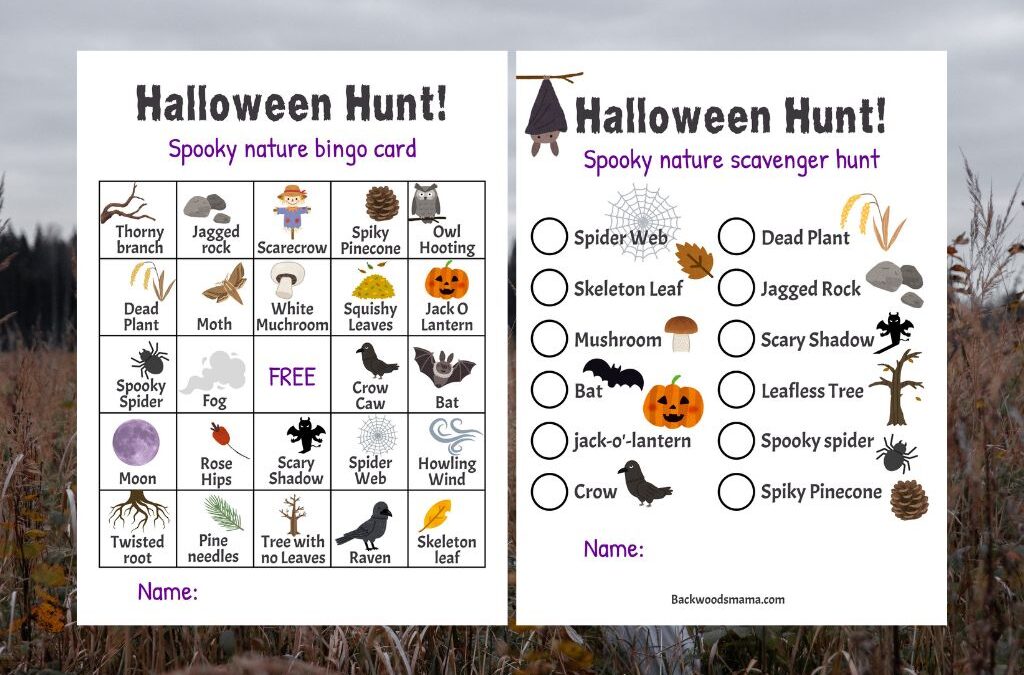What I Found Challenging in This Book
Even though I’m glad I read Why We Need to Be Wild, there were parts that I found challenging, both in how the story was told and in some of the underlying tones.
A shift into “reporter mode”
Although Jessica’s story arcs from beginning to end, she sometimes feels distant in parts of the book. In these sections she steps back into the role of journalist and reporter, examining the rewilding movement and offering a glimpse of the ideas, personalities, and controversies involved.
While I found these sections interesting (I do enjoy academic papers and research), it sometimes felt as though I was reading a different book. I could hear myself saying, “But what do you think about all this, Jessica? Where are you in all this? I want to hear your story!”
She does go on to answer those questions, but often not with the depth or rawness I hoped for.
Fractures in faith, family, and community
As Jessica goes through her rewilding process, fractures do occur. Her marriage breaks apart, she distances herself from her Jewish faith, and she struggles to find true community.
These separations saddened me. I believe that reconnection with nature doesn’t need to result in a loss of faith and relationships. In my own life, and in my encouragement of other families, I hope that nature connection deepens our relationships and our rootedness, not pull them apart, so I felt a kind of grief reading about those fractures. Of course, these fractures may have occurred in time regardless of Jessica’s rewilding experience, but as a reader they felt very much intertwined with it.
A creeping “all-or-nothing” tone
Towards the later part of the book, the tone shifts away from an inviting “journey with me” to something that sometimes feels more pushy or “all-or-nothing.” Jessica seems more distanced from her daughters after her divorce, and the mama-daughter stories that graced the beginning of the book are less prominent.
I wondered what propelled this shift and how the book might have been different had the earlier tone of connection and family stayed more consistent throughout.














0 Comments